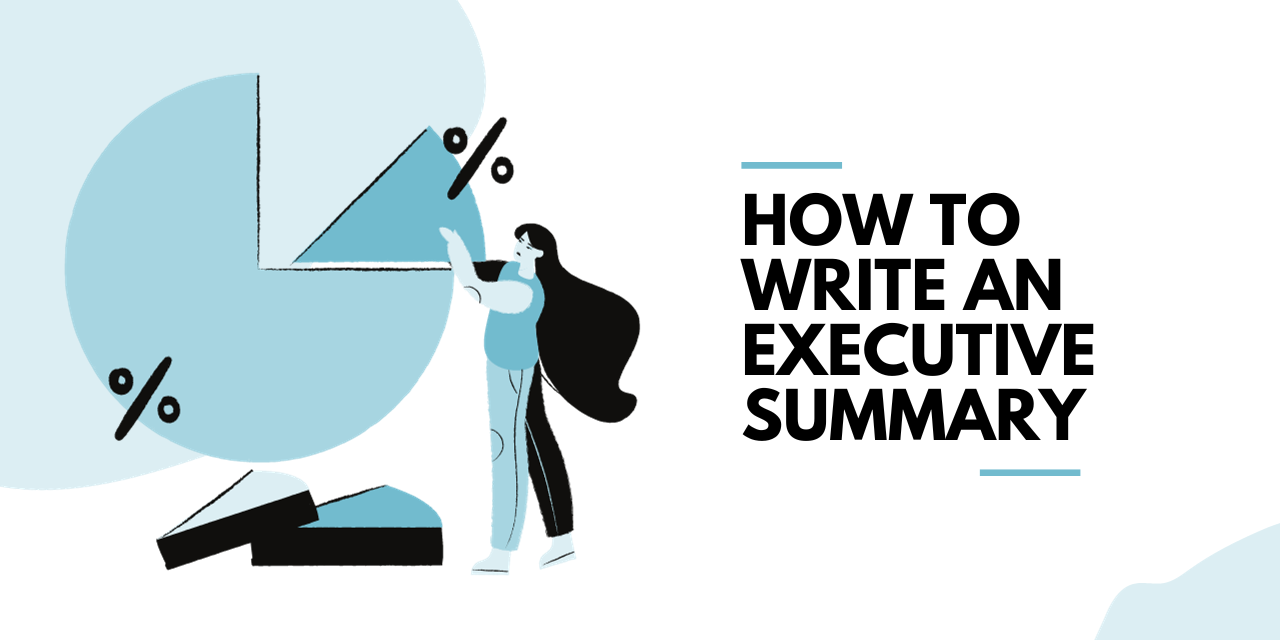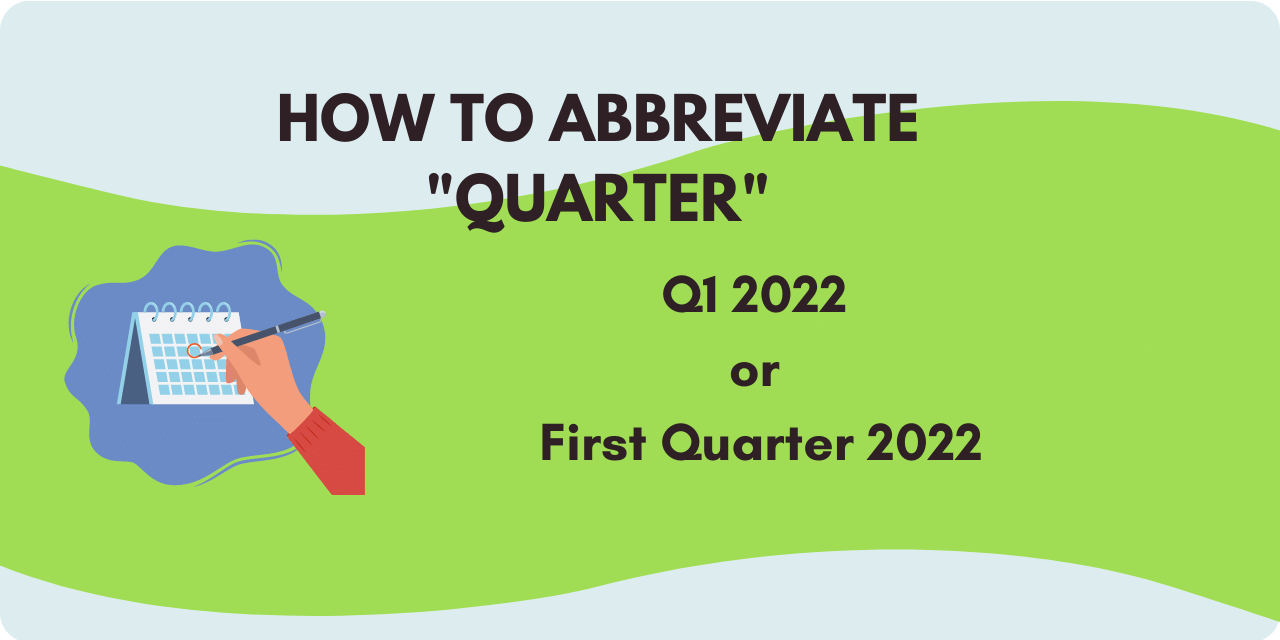It’s a part of doing business—you get an unexpected email from an irate client, and they choose to take out their frustration on you. Yikes! And it’s only Monday morning. It stings a bit when you’re the recipient of such a rude email.
Although you can’t control what the client says or how they say it, you do exercise complete control over how you will choose to handle it. So, if your goal is to write a reply with ease, confidence, and in a professional manner, then check out how these writing secrets will assist you in replying to an angry client.
Try to Understand the Client
Although your first reaction may be to write a quick reply and move on with work, a rash response can negatively affect the outcome. It’s essential to understand the motive and reasoning behind the client’s angry email. Perhaps after carefully rereading the email, you begin to identify the real source of the complaint. The client is upset by how he was treated and not so much by a product failure. If you can figure out why the client is so frustrated, you will be better positioned to craft an appropriate reply.
Establish Common Ground
Everyone wants their voice to be heard. If you quickly dismiss a client’s complaint or refuse to acknowledge their concerns, you lose the opportunity to keep the client and restore a measure of peace. Therefore, you must find and establish common ground with the client. Use their words in your email response to demonstrate you listened and really heard what they had to say. Try this:
- I appreciate your viewpoint on this matter. Thank you for sharing how you feel.
- I carefully read your email, and I hope I understood you correctly when you said…
- Although I cannot comply with your request, I do understand why you are asking for this.
Keep on Point
There’s no need to rehash every single point of contention the client brings up. Some people use email to vent their frustration and thus tend to write a novel versus a letter. Your reply should be the opposite. Concisely address the main points and have a clear objective. Answer questions succinctly, provide additional explanations where needed, and outline how you intend to resolve the issue. Do not get sidetracked in replying to personal jabs or rambling complaints made by the client.
What Does My Tone Convey?
Remember Mom’s favorite saying: “Don’t take that tone with me!” You knew exactly what she was referring to. And how you answered her at that moment would either add fuel to the fire or put it out. That’s the power of tone.
So reread your email reply to the client. What does your tone and attitude convey? Are you demonstrating that you have “heard” their complaint or point of view and have tried to understand it? Or is your response dismissive? Remember, your goal in replying to an email is to address the client’s concerns—whether you feel they are baseless or not—and to do so in a professional manner. Thus, try to keep the email tone respectful.
True, your final answer may not be what the client wants to hear. You simply cannot make every customer or client happy. But you can soften the blow of saying “No” in the words you choose to use.
Before You Hit Send, Ask Yourself These Questions
- Do I clearly understand what the client is angry about?
- Have I tried to discern any underlying issues that might be causing this irrational response?
- Have I acknowledged specific points or concerns they had?
- Did I take the time to formulate a well-thought-out reply, or did I rush my email response?
- Is my tone confrontational? Or does it maintain kind professionalism?
- Does my response indicate my emotions controlled my writing?
- Have I offered a sincere apology if appropriate? And if not appropriate, have I clearly explained why I (or my company) handled the matter in a particular way?
Replying to an Angry Boss
The above writing secrets also come in handy when replying to an angry boss. Mistakes will happen on the job. Some employers will tactfully address the issue and provide constructive criticism followed by some commendation. And others leap straight for the jugular.
Here’s what you need to remember: You cannot control how your boss chooses to convey his feelings (e.g., sending a terse and angry email). But you do hold power when it comes to your carefully crafted professional response to an angry boss. Keep it respectful, reread it multiple times, and only then hit send.
Choose Your Words Wisely
You will have to delicately handle an angry client from time to time. Plan now on how to do so most effectively and productively. And when it comes to replying to emails from clients—specifically in formulating a professional email to an angry client—invest appropriate time to choose your words wisely. And always keep your goal firmly in mind: Maintaining a peaceful relationship with your client.






